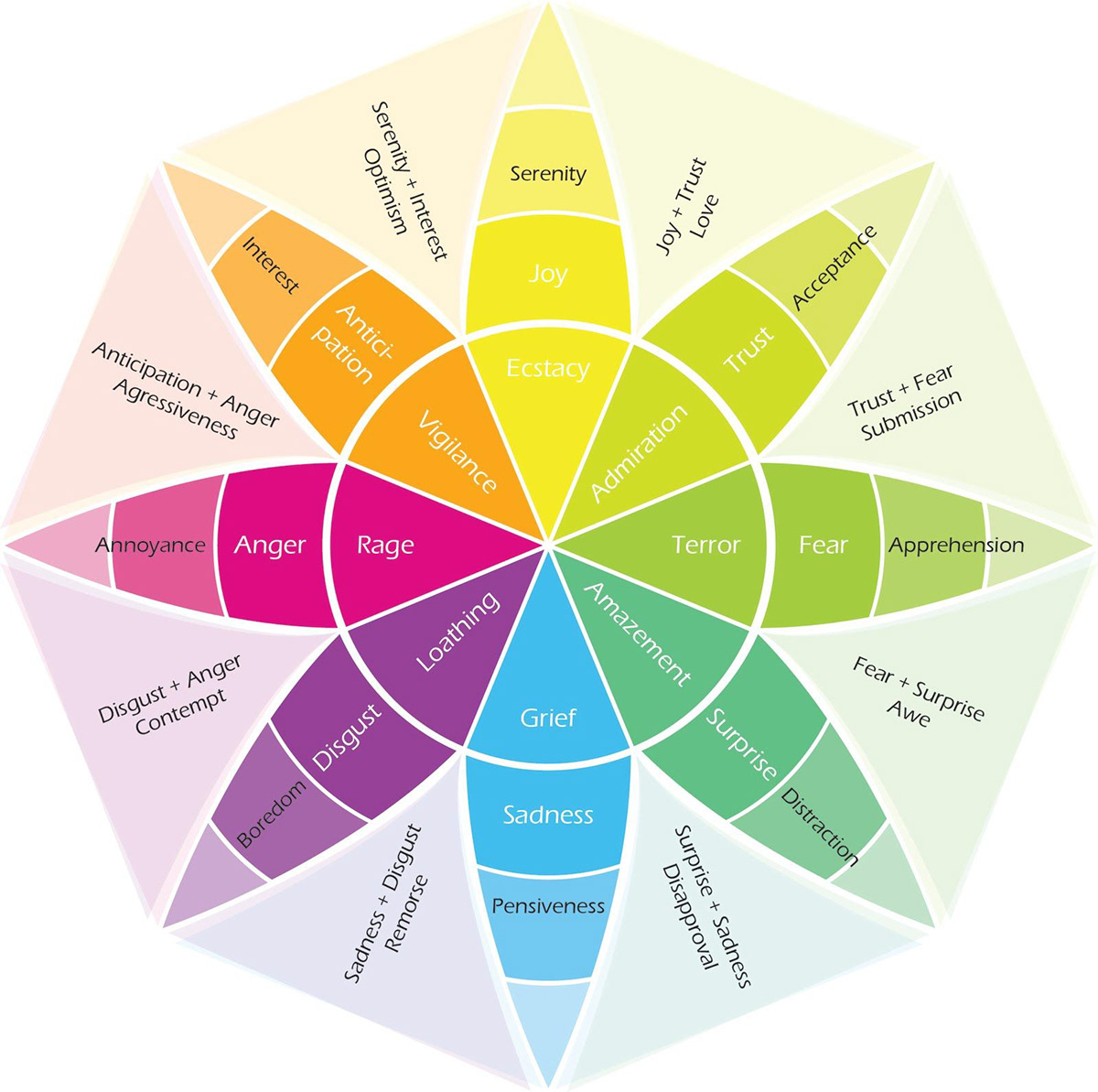Aakrosh: Sculpture depicting rage.

Aakrosh is a sculpture with a deep essence of rage in its visual form. The objective is to be able to perceive, generate, and manipulate shapes and forms. The process takes a hands-on approach in understanding emotions and creating a form, understanding radii manipulation, integration, and disintegration to generate a human connection. The project throws light on the form-context relationship with respect to Human emotions, influences, and interpretation.
Human Emotions

The expressions of Human value through objects possibly become the most tangible and the most emotionally relevant. Having a clear understanding that one form is objectively more desirable from an emotional point of view, at least within a specific societal context, can help in creating more desirable or more relatable objects. The emotional desirability of a product has become a central concern for contemporary design. The learnings from the course build a connection between consumers and products in terms of cognitive behaviour and emotions.

The form has meaning; it can touch us at such a primal level that our mind continuously strives to rationalise our emotional reactions. The emotions come from the information gathered from past experiences, knowledge from various sources, etc. Objects around us are often assigned an emotional value for their associations to memories, experiences, values, aspirations, people or places. We perceive forms to have attributes based on previous experience and context.
The human emotions are broadly classified in the form of a wheel which is a visual representation of emotions and their relative intensity. All the elements of the form like colour, texture, scale, etc. together determine the intensity of the emotion associated with the form. We set out to explore the potential for design to promote the formation of product attachment by developing a process of designing objects with meaningful associations, using life stories of our intended users as inspiration for the creation of several artefacts.
Human body forms and emotion expression

This picture shows the Human body form which is close to the expression of ‘Rage’. The form has a direction which goes well with emotion. The corners are dramatically exaggerated and the lines joining these points are slightly concave which make it look furious. The wide base and inclination in one direction express the firmness and intensity of Rage.
Emotions have a huge impact on the Human body and its movement. Our body becomes an outlet to emotions in many different ways. The performing
arts mainly encompasses the depiction of emotions through Human body forms and movements. Association of any form to the human body comes naturally to us. The fabric allowed to study the surfaces along with postures.
arts mainly encompasses the depiction of emotions through Human body forms and movements. Association of any form to the human body comes naturally to us. The fabric allowed to study the surfaces along with postures.
Depicting Rage in Minimal strokes






Refined strokes close to depiction of Rage




Expressing the emotion with minimal strokes. Having the least number of elements allows accentuating the identity of form. Also in order to keep minimum elements the elimination of less
significant elements becomes crucial. The stroke length and relative scale of strokes are important factors to consider. The width of stroke also affects the intensity of emotion in the form. Tight curves and corners with certain direction work fine in depicting “Rage”. Also, such strokes can be translated into solids which depict the associated emotion very strongly.
significant elements becomes crucial. The stroke length and relative scale of strokes are important factors to consider. The width of stroke also affects the intensity of emotion in the form. Tight curves and corners with certain direction work fine in depicting “Rage”. Also, such strokes can be translated into solids which depict the associated emotion very strongly.
Translation in mild steel wires






Wire allows having an outline of the three-dimensional form yet play with the negative space of the form. While making the forms with wire, the wire can have different directions of movement while keeping the emotion intact in the form. while the strokes on paper had only one angle of viewing, the wire allows observing the form from different angles and understand the semantics better. The negative space also generates interesting forms and bring a fresh perspective to observe the form.
Depicting Rage with platonic solids






With the selected composition of platonic solids, the form is achieved with the additive method. Adding more surfaces to the negative space of the form. Understanding surface to surface interaction as the semantics change with every little change in the surface of the overall form. The addition of surface should enhance the emotion and give it a direction. Identifying the weak parts in terms of emotion and adding up surfaces to enhance the impact of emotion. Identifying the surfaces, edges, and corners which contribute to bringing the emotion to the form. Also identifying the less important parts and eliminating them by adding surfaces.
Depicting Rage in 2D textures






Depicting Rage in 3D textures








Achieving simplified form for "Rage"




Final Form




Translation into Aluminium through casting




Final Sculpture


